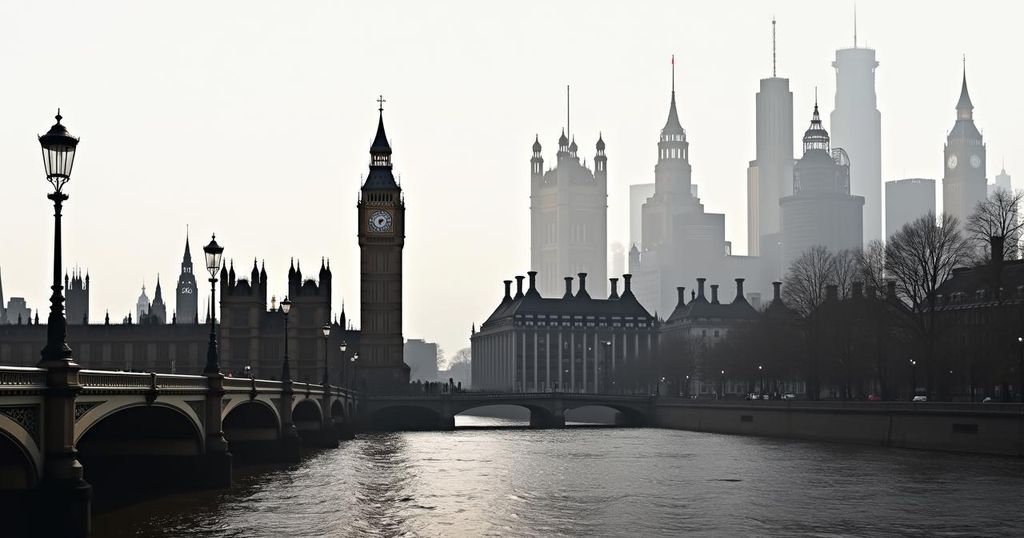A collection of 242 aerial photographs from the 1930s reveals how London has transformed over the decades. Taken by Arthur William Hobart, these images include iconic landmarks like Battersea Power Station and St Paul’s Cathedral, illustrating both changes and continuities in the city’s landscape. Published by Historic England, the collection encourages historical exploration through their online platform.
A newly digitised collection of aerial photographs captures famous London landmarks as they appeared in the 1930s, showcasing the city’s significant transformations over the past century. These images, taken by aerial photographer Arthur William Hobart, depict sites including a still-under-construction Battersea Power Station and the now-vanished Crystal Palace. While some landmarks, such as St Paul’s Cathedral and Tower Bridge, remain relatively unchanged, the skyline has been dramatically altered by the addition of skyscrapers and new infrastructure. This collection includes 242 black and white photographs taken during the interwar period in England, reflecting the era’s development and change. Dunnigan Wilson, Chief Executive of Historic England, expressed that these pictures offer a unique aerial perspective of 1930s England and encourage exploration of local historical narratives through their online Aerial Photography Explorer platform. Hobart, who began his career in the 1920s, catered to various clients including municipal authorities and the press, tapping into the demand for aerial views during an industry in its infancy. His extensive collection is part of a larger archive consisting of about 10,000 images.
The article discusses a newly digitised collection of historical aerial photographs from the 1930s, taken by Arthur William Hobart, an early pioneer of commercial aerial photography. This collection captures iconic London landmarks during a period of significant urban change and development. It illustrates the evolution of London’s landscape over nearly a century while also highlighting the advent of aerial photography as a tool for documenting changes in the environment and industry post-World War I.
The digitisation of Arthur William Hobart’s aerial photographs offers a unique glimpse into London’s transformation from the 1930s to today. With the collection comprising 242 images, it serves as both a historical archive and an invitation for the public to engage with local history through aerial perspectives. Hobart’s work reflects the burgeoning aerial photography industry and its role in documenting urban development.
Original Source: www.independent.co.uk
